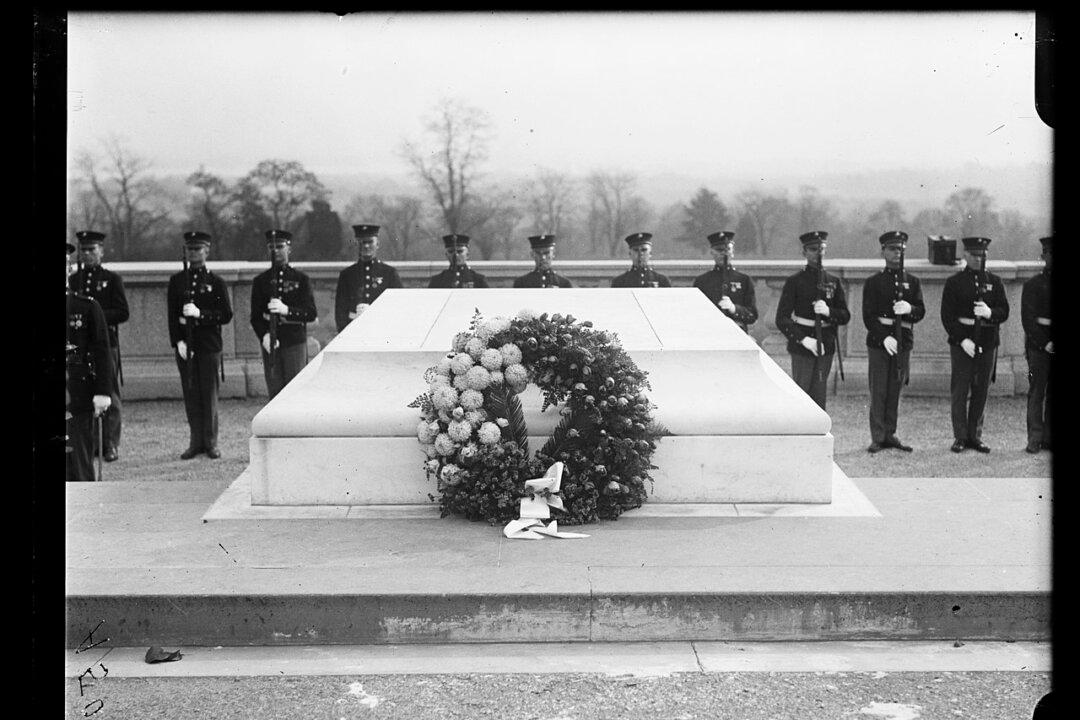Arlington National Cemetery is well-known as the final resting place for fallen U.S. soldiers. Less famous is the elite unit, The Old Guard, which performs the funerals for our military heroes.
The Old Guard is the nickname for the Third U.S. Infantry Regiment, the oldest active-duty infantry unit in the Army. It dates back to 1784, which makes it older than the Constitution.





